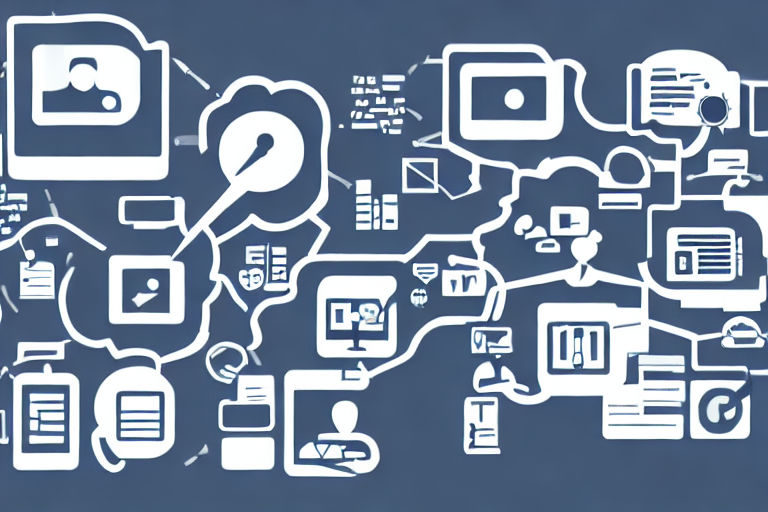How Effective Data Communication Can Influence Your Bottom Line
The world of business is constantly evolving, and one of the most significant changes in recent years is the way companies communicate. With the rise of big data, businesses have access to more information than ever before, but that information is utterly useless if they can't understand and communicate it effectively. In this post, we'll take a closer look at how effective data communication can influence your bottom line and give you a competitive edge.
The Importance of Data Communication
Data communication refers to the process of exchanging information in a structured way. In the context of business, it means communicating data-related insights or analyses among teams, departments, or an organization as a whole. The ability to effectively communicate data is crucial to making informed decisions that affect your business's bottom line. Here are a few reasons why data communication is so important:
Data Communication Helps Identify Relevant Trends
Effective data communication allows businesses to better track and understand their customers' behaviors, preferences, and habits. This insight helps businesses identify trends that shape customer decisions and tailor their customer experience accordingly.
Data Communication Improves Decision-Making
Data communication allows businesses to make informed decisions based on accurate and timely information. By analyzing trends and patterns over time, businesses can identify opportunities for growth, improving their bottom line in the process.
Data Communication Helps Spot Issues Early
Effective data communication helps identify and address issues early on, allowing businesses to take corrective action before they become bigger problems. This proactive approach can save companies time and money in the long run.
The Challenges of Data Communication
While data communication is critical to business success, it is not without its challenges. The following are some obstacles that companies may face when communicating data:
Understanding Data
Sometimes, businesses struggle to interpret their data, leading to poor decision-making. This underlines the importance of having team members who can analyze and interpret data effectively.
Ensuring Accurate Data Sharing
Data communication requires that data is shared in a timely and accurate way. Processes for data sharing should be established to avoid bottlenecks or delays, ensuring the most relevant data is immediately available.
Keeping Data Secure
Businesses must have proper data security measures in place to protect sensitive or confidential information from cyber threats or attacks.
Tips for Improving Data Communication
If you want to improve how your business communicates data, be sure to keep these tips in mind:
Foster a Data-focused Culture
Encourage team members to embrace data-driven decision-making and provide training and resources for analyzing and interpreting data.
Utilize Technology
Leverage tools that help teams share and store data securely and in real-time. Use dashboards and visualizations to make complex information more accessible and understandable.
Focus on Clarity and Consistency
Ensure that everyone in your organization uses the same terminology and metrics when communicating data, and provide guidelines for visual presentations to ensure consistency.
Continuously Monitor Data Performance
Make sure someone is monitoring your data at all times and address any potential issues as quickly as possible. Continuously evaluate data-related processes to ensure their effectiveness.
Conclusion
Effective data communication is essential to a business's success. It allows for the identification of relevant trends, improves decision-making, and helps to spot issues before they become bigger problems. By understanding the challenges of data communication and implementing some best practices, you can improve your data-related communication and gain a competitive edge in the marketplace.



